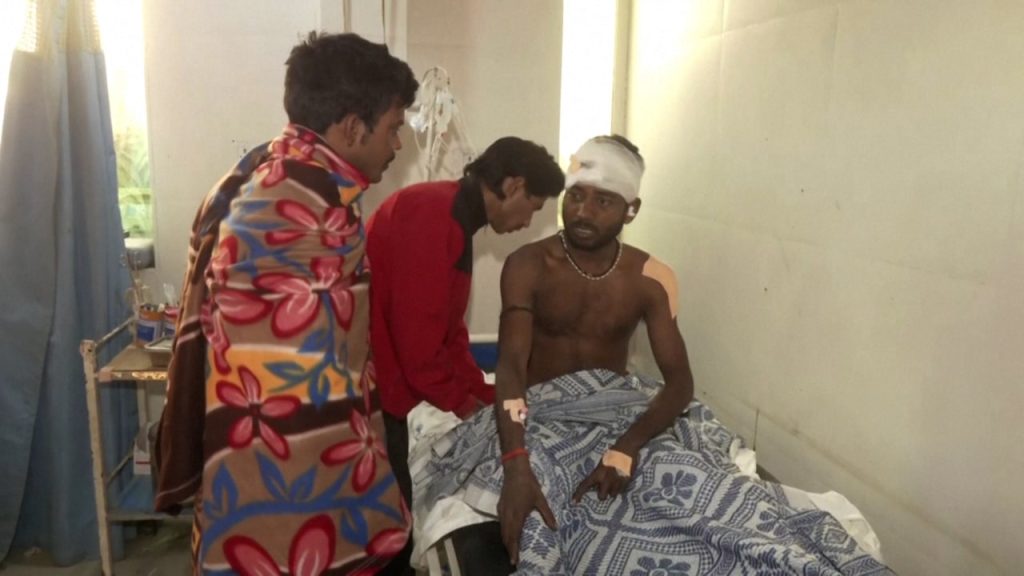The tragic incident near the Pardhade railroad station in Maharashtra, India, underscores the persistent challenges facing the country’s vast and aging railway network. A perceived fire aboard the Pushpak Express triggered a panicked exodus of passengers, leading to a devastating collision with the Karnataka Express on an adjacent track. Preliminary reports suggest that sparks, possibly caused by a hot axle or brake binding, ignited fears of a larger fire, prompting some passengers to pull the emergency chain and prematurely disembark onto the tracks. This unfortunate chain of events resulted in the deaths of at least twelve passengers and injuries to at least six others, casting a somber shadow over India’s ambitious railway modernization efforts.
The accident highlights the vulnerability of passengers to misinformation and panic in emergency situations. While the initial sparks did not escalate into a major fire, the rapid spread of fear and the impulsive decision of some passengers to jump onto the tracks proved fatal. This underscores the crucial need for effective communication and passenger education regarding safety procedures during rail emergencies. Clear instructions and reassurances from train staff could potentially mitigate such panicked reactions and prevent similar tragedies in the future. Furthermore, the incident raises questions about the adequacy of emergency exits and the overall safety infrastructure on Indian trains.
The proximity of the adjacent track, where the Karnataka Express was passing, compounded the tragedy. The incident exposes a potential vulnerability in the railway system, where stopped trains might be at risk from passing trains on nearby tracks. While the investigation is ongoing, it’s crucial to examine the existing safety protocols and infrastructure to identify potential improvements that could prevent such accidents in the future. This could include enhanced signaling systems, stricter speed limits in areas where trains are likely to stop, and improved track layout designs to minimize the risk of collisions between moving and stationary trains.
India’s railway network, the largest under single management globally, carries millions of passengers daily, making safety a paramount concern. While the government has invested in modernization efforts, the sheer scale of the network and the legacy of aging infrastructure present ongoing challenges. This incident serves as a stark reminder of the need for continued investment in safety upgrades, including improved signaling, track maintenance, and rolling stock. Furthermore, enhancing passenger awareness of safety protocols and emergency procedures is essential to minimizing the risk of panic-driven accidents.
The modernization drive spearheaded by Prime Minister Narendra Modi aims to transform the colonial-era railway system into a modern and efficient network. This includes upgrading tracks, introducing high-speed trains, and improving station facilities. However, the Pardhade tragedy highlights the importance of prioritizing safety measures alongside modernization efforts. A comprehensive approach that addresses both infrastructure upgrades and passenger safety education is crucial to ensuring the long-term viability and safety of India’s rail network.
The Pardhade accident serves as a tragic reminder of the complexities involved in managing a massive railway network. While modernization initiatives are essential for improving efficiency and connectivity, they must be complemented by a strong focus on safety. This includes not only investing in infrastructure upgrades but also empowering passengers with the knowledge and resources to navigate emergencies effectively. A holistic approach that prioritizes both technological advancements and passenger safety education will be crucial to preventing such devastating incidents in the future and ensuring the safe and efficient operation of India’s vital railway system.

